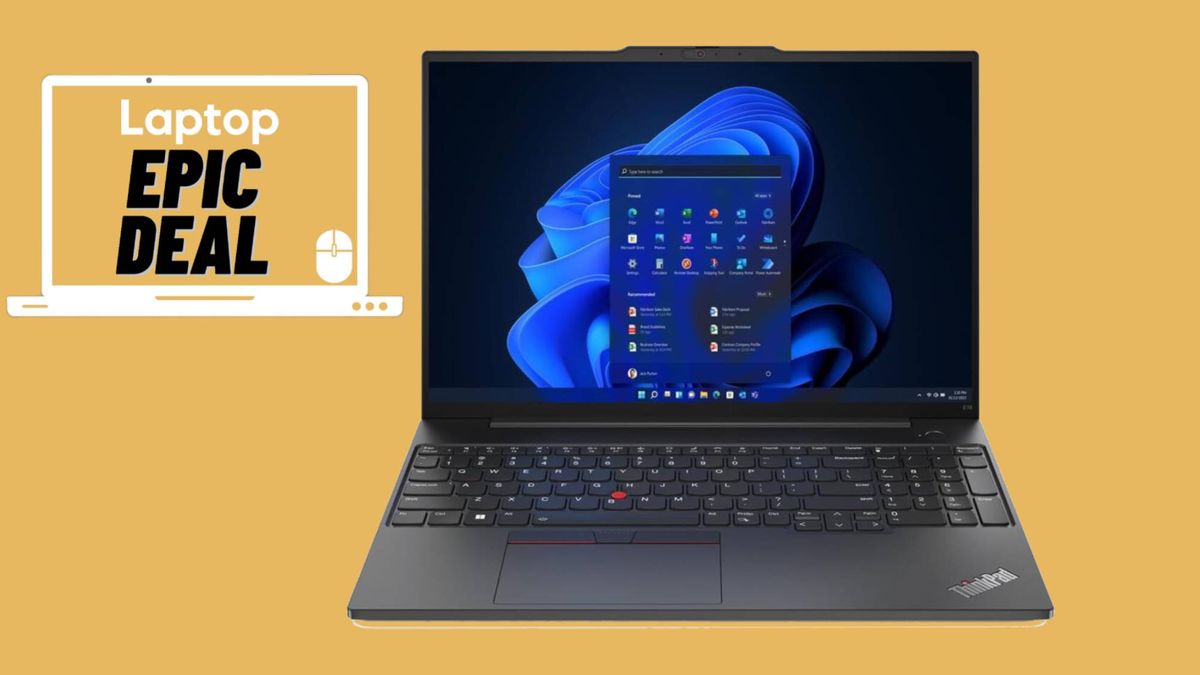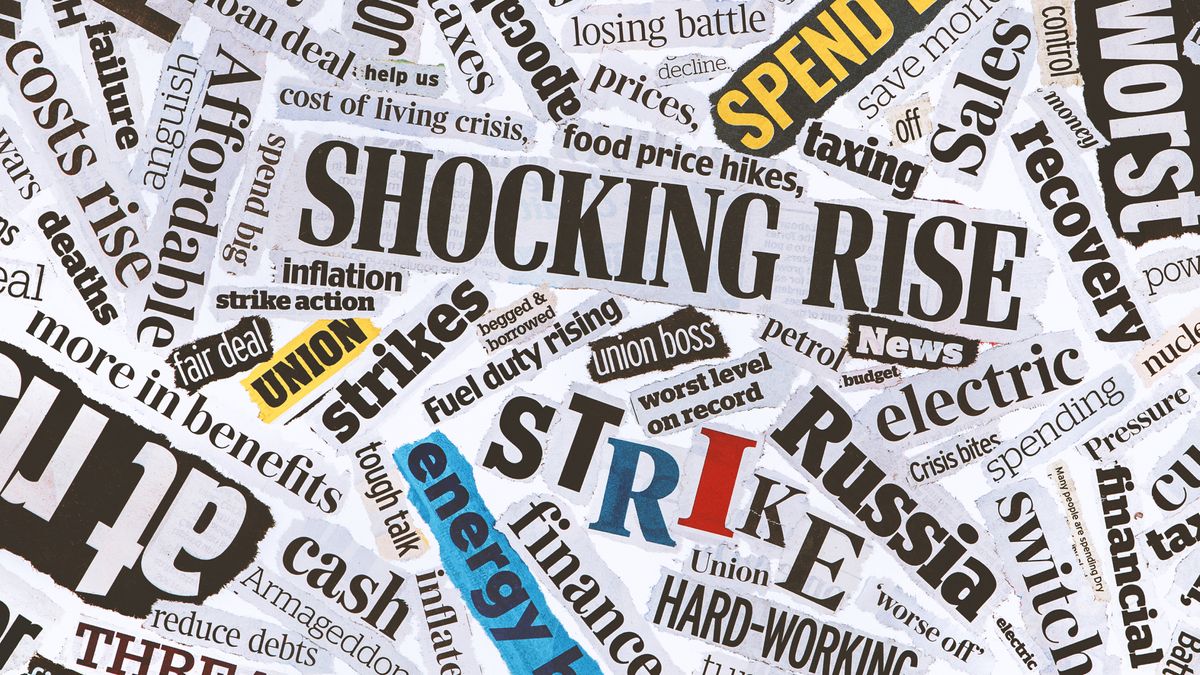When you buy through our links, Business Insider may earn an affiliate commission. Learn more
Anyone born before the advent of the digital age likely has a big box of family photos sitting somewhere in their home; a relic of the days before smartphones replaced analog cameras and the cloud replaced film prints.I, too, have such a box and have made various attempts over the years to digitize the photos so they can be safely preserved and easily sorted in my Google Drive. Unfortunately, without specialized equipment, photo scanning is a time-consuming process, and while phone apps like Photomyne aim to make the process faster, I’ve found the quality of the scans is often poor.I wasn’t too bothered by my lack of progress on my photo scanning project until I came across my 90-year-old grandmother’s trove of family photos last summer. Contained within five huge boxes were tens of thousands of photographs representing over a century of family history. Many of the photos and albums had already been damaged by basement flooding or faded with time, so it suddenly became imperative that I find a way to quickly digitize this massive cache of photos so future generations could enjoy them.Enter the Epson FastFoto (FF-680W), the only home scanner on the market that can batch-process up to 35 photos at a time, with scanning speeds up to 80 photos per minute. Overall, I think this is one of the best and most economical solutions for anyone who has a lot of photos to scan, but once your project is complete, you may find little use for it.
Epson FastFoto (FF-680W)
The FastFoto is one of the best photo scanners on the market, allowing you to batch-scan images at speeds of up to two photos per second. It’s one of the most cost-effective ways we’ve found to digitize large volumes of photo prints.
An upright scanner that takes up little desk space
The Epson FastFoto (left), is quite a bit smaller than my HP OfficeJet (right). While the OfficeJet has can scan images, it is much slower and more manual process than with the FastFoto.
Lauren Savoie/Business Insider
The FastFoto looks like a shrunken-down version of a classic printer and fits easily on a desk for easy access. Make no mistake: The FastFoto only scans and has no printing functions. And, this scanner is primarily designed for digitizing printed photos with a maximum width and height of 8.5 inches by 11.7 inches.You put the photos into the scanner like you would load paper into a printer: there’s a feeder with sliders to accommodate various picture sizes. The photos are pulled through the scanner and deposited in the landing tray. The whole unit has a cover that protects the scanner from dust when not in use.Unlike a traditional flatbed scanner, where you lift a cover and scan each one at a time, the feeder system speeds up the process and makes photo-scanning and archiving more convenient. Although the FastFoto resembles Epson’s other sheet-fed document scanners, it’s not designed for multi-page document scanning. I’ve tried, but since it scans each page as an individual file, you’re forced to assemble the PDF manually.Simple setup, controls, and connectivityYou have two options for connecting the FastFoto to your computer: use the included USB-A or connect via WiFi. Like many current laptops, my computer has no USB-A slots, so I used WiFi. The scanner is outfitted to connect to WiFi via your router’s WPS button, which simplifies the wireless pairing. If your router has no WPS button, you can manually connect your scanner to the network using Epson’s scanning software or smartphone app.Lightning-fast, high-quality scansEpson suggests that you organize your photos by size and orientation before scanning. This was by far the most time-consuming process. I took it a step further and also organized photos by year. The software allows you to set a date for each batch of photos you scan. While you don’t have to use this feature, this step is important if you plan on importing your scans into an app like Google Photos and want to have your scanned images accurately organized by year. Organizing my photos this way took about 4 hours for 1,800 images.
I started organizing my photos by size and orientation (left) and then grouped everything by year (right). This is recommended by Epson to make scanning go faster.
Lauren Savoie/Business Insider
Once I had my images organized, the actual process of scanning took barely an hour. I was shocked that in such a short period, I had tackled a huge project that had daunted me for years. The one-hour scanning time included dealing with a few snags and re-scans (I’ll explain a bit more about that below), loading and unloading the photos, and changing the date within the Epson software for each new batch. During scanning, the software deposits the images into folders on your computer organized by year. For each image, the software creates two to three files: an original, an enhanced version, and a scan of the back of the photo if any images or text were detected. This last feature was both a blessing and a curse: I loved that it automatically preserved the hand-written notes on many of my grandma’s photos, but I also ended up with many images of blank photo backs because the scanner had detected a logo on the photo paper commonly used to print film back in the analog days.
The FastFoto creates both an original and enhanced file for each scan, as shown here with one of my photos.
Lauren Savoie/Business Insider
In most cases, I actually preferred the enhanced version of the image. I thought the software did a good job of color-correcting and clarifying images so more detail was visible. None of the scans had glare, blur, or pixelation, which are issues I’ve encountered with phone scanning apps.
The same photo, as scanned by a cellphone app and the Epson FastFoto. The FastFoto scan has clearer picture quality, brighter colors, and no glare.
Lauren Savoie/Business Insider
Overall, I thought the scanner did a phenomenal job scanning standard photo sizes: 4 x 6 and 5 x 7 inches. I encountered more difficulty with atypical sizes, thicknesses, or materials (like Polaroid photos). Scanning these requires using the FastFoto’s included carrier sheet. I thought this sheet introduced some color distortion and a ripple effect where the transparency covers the photo. Once these photos were scanned, they had to be manually cropped and rotated; a task I found a bit tedious. Fortunately, atypical photos only made up a small fraction of all the images I needed to scan.Another pain point was that several times during scanning, the FastFoto stopped mid-scan, and I’d get a spinning wheel on the software screen. When it was clear that the issue wouldn’t resolve on its own, I had to force quit the software or restart the scanner. Both these actions caused me to lose every photo I had already scanned in the current batch — sometimes hundreds of photos. It also forced me to retrieve the stuck photo from the grip of the scanner belts, which ruined at least one of my photos. This inexplicable shutdown happened three times during the course of my project.
This screenshot shows the main page of the FastFoto scanning app. Despite its speedy scanning, I still needed to make some manual adjustments to the photos, including cropping and rotating.
Lauren Savoie/Business Insider
Lastly, the purported integration with Google Photos failed for me. I had to upload all my images to Google Photos manually. Again, this only took a few extra steps, but is another frustrating glitch in the buggy and dated-feeling software. I’m no software engineer, but I think there could be vast improvements to user experience with just a few simple updates to the app. Should you buy the Epson FastFoto?I can’t deny that this scanner quickly loses its utility after completing your project, which took only a few days for me. Since it can’t print and isn’t ideal for document scanning (my printer is more user-friendly for scanning multi-page text documents), you basically just have a bulky, pricey electronic with little use on your hands. You can sell it or loan it out to friends and family, but in this digital age, there aren’t many circumstances where you’ll accumulate a cache of analog photos that need scanning in the future. That said, from my research, the alternatives to the Epson FastFoto boil down to three options: hire a service (pricey), scan the photos manually (time-consuming), or use a phone app (low quality). The going rate for professional photo scanning is about $0.17 per photo, so I’d say that if you have more than 3,000 photos to scan, the cost of the FastFoto is well justified. You’ll just need to plan for what to do with it when your project has wrapped.The bottom lineThe Epson FastFoto is the easiest and fastest solution I’ve found for digitizing old photos. It’s a load off my shoulders to know that my precious family memories are preserved and backed up digitally in case anything ever happens to the originals. If you have a significant number of photos to scan, this is far and away the best value solution, and one I highly recommend for peace of mind when it comes to preserving important family mementos.
Lauren Savoie
Deputy Editor, Reviews & Chair of the Editorial Standards Board
Lauren Savoie is deputy editor of Insider Reviews and chair of Business Insider’s editorial standards board. Lauren leads the home, kitchen, pets, and travel teams, and is deeply involved in all editorial decision making, with a particular focus in strategic content planning, career growth of reporters and editors, and strong journalistic standards for the Reviews team. In 2022, Lauren attended The Poynter Institute’s Leadership Academy for Women in Media, a prestigious program that recognizes leaders in the journalism industry.Lauren joined the Business Insider team in 2020, first as kitchen editor and soon after as senior home & kitchen editor, where she pioneered original testing methodologies for buying guides and built a diverse team of freelancers and reporters with deep expertise in product testing. You can see some of her work in our guides to the best flower delivery services, the best pillows, and the best sous vide machines. Before her time at Business Insider, Lauren was the senior reviews editor at America’s Test Kitchen, where she wrote and edited more than 300 in-depth, unbiased buying guides and reviewed more than 1,000 kitchen products. Her work has appeared in Cook’s Illustrated and Cook’s Country magazines, in dozens of cookbooks, on two Emmy-nominated TV shows, and on CNN.com, Fodor’s, Yahoo, LifeHacker, the Splendid Table, and more.Lauren is currently Kansas-based, but continues to live like a lifelong Bostonian: drinking Dunkin’ iced coffee in the winter, spending summers “down” the Cape, and sharing her home with a cat named Chowder. Say hello at lsavoie@businessinsider.com or @el_savvy on Twitter, Instagram, and TikTok. Learn more about how our team of experts tests and reviews products at Insider.
Read more
Read less





